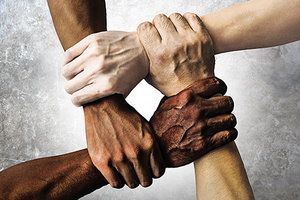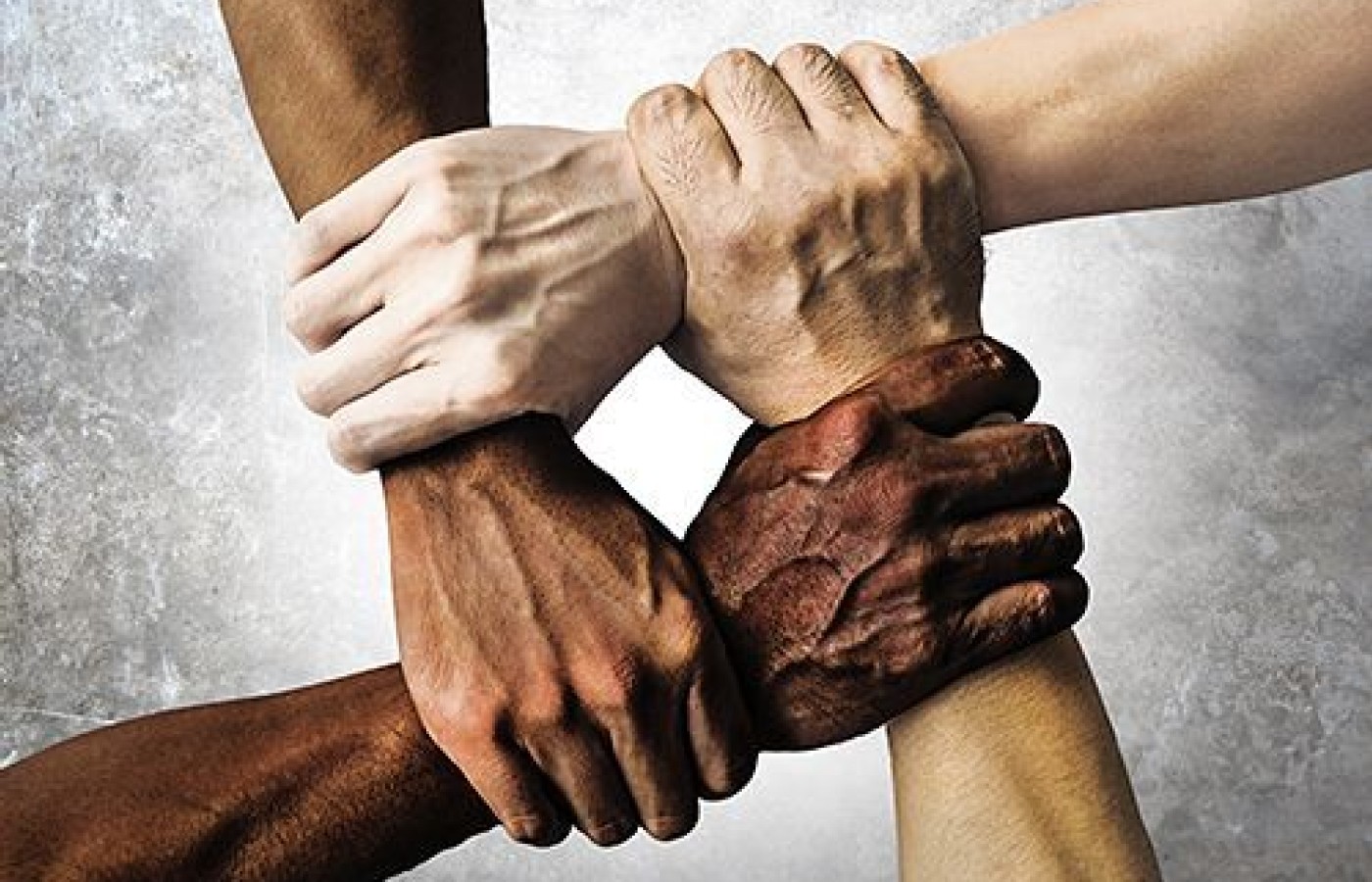Whether you accept it, avoid it or live somewhere in between, insurance coverage has become a defining issue for our profession. Patients increasingly expect to use their benefits, practitioners want to be compensated fairly for their time and expertise, and the system itself remains – at best – fragmented. The encouraging news is that coverage has expanded in meaningful ways. The challenging news is that reimbursement, across the board, remains inadequate.
Treating Racism: A Systemic Disease (Pt. 2)
Editor's Note: Part 1 of this article appeared in the May digital issue. According to the author, a recent AOM graduate, this paper was originally an assignment for a class on internal medicine. She was encouraged to submit it to Acupuncture Today, and we are pleased to publish it for its perspective on racism, relevant in any age, but perhaps particularly this one. Note that it is not intended as a political statement and is not being published as such.
Symptoms and TCM Treatment
Since the liver is responsible for the smooth flow of qi, the pattern of liver overacting on the spleen generally stems from long-term emotional problems that cause the qi to stagnate. This pattern is a mixture of liver qi excess (shi) and spleen qi deficiency (xu) that often manifests as gas and loose or alternating stools; irregular diet – often eating when feeling troubled; anger from longstanding frustration / irritability; and with it lots of emotional stress, as well fatigue. The tongue may appear normal or slightly puffy, but always with red edges. A wiry pulse is felt overall, especially at the left guan, with a rolling or slippery pulse on the right middle position.6 When there is nausea, vomiting, occasional acid reflux, which is considered rebellion, this too is seen as a combined pattern of excess and deficiency, aptly named liver qi invading the middle jiao.

With liver qi stagnation (LQS) particularly if there is the presence of heat or blood stasis, this pattern is one that is more one of a shi condition and may involve gurgling and churning in the stomach, lots of sighing, a melancholy feeling and looming depression. Fatigue remains and hypochondriac distention is often felt near Liver 14. A feeling of something stuck in the throat is often accompanied by a feeling of being unable to express oneself, which is the very experience many feel when dealing with the disease of racism.
The treatment may include LI 4, LV 3, LV 13-L, LV 14-R, Ren 12, Ren 6, Ren 22, St 36, Sp 6 and GB 34. The expression of heat that is generated from the stagnation may also manifest as chest oppression, palpitations, moodiness, irritability, thirst, PMS; with a wiry, rapid pulse along with outburst of anger and headache along the gallbladder channel. Keep some of the points listed above and remove LV 13; then add PC 6 and GB 20; open the DU with SI 3 and UB 62; clear heat with LV 5; mobilize qi in the chest with Ren 17 in place of Ren 12 and Ren 6; and calm shen using yintang. Auricular therapy (battlefield acupuncture or ear seeds) would also be beneficial.
Yi Gan San, Chai Hu Shu Gan Tang, Wen Dan Tan and Jia Wei Xiao Yao San are formulas to consider for the patterns listed.5 Incorporating dietary changes that include better nutrition when possible and adding methodologies such as tai chi, qi gong and meditation can help calm the mind, temper emotions and improve sleep.
Relevance and Responsibility to the Health Care Professions
At first glance, it may seem that eradicating the disease of systemic racism may appear to be outside the scope of the health care professions, I believe it shouldn't be. Inside the space of diversity training, where having very difficult and uncomfortable conversations on racism as a disease can occur, action and acknowledgment must happen. Nothing can be truly healed without first acknowledging and recognizing the patterns ingrained and etched into centuries of abuse and rooted biases.8
All too often, people are dismissive of what is seen and met at the door of systemic racism. The painful realities this disease has created in our society leaves an acrid, bitter taste that many would rather overlook and think of as a past occurrence they long to forget; or worse, not acknowledge the truth of our history. Yet if our eyes are really open to the evidence of systemic racism, we will see this disease is palpable and lingers everywhere immersed in reflective acts of harmful violence, brutal hatred, and non-inclusive behaviors that continue to occur to this date.
Looking wholeheartedly at our own racial biases is where we start. Deepen your listening, open yourself to better ways of learning, do more good, look at how we diagnose and treat other human beings, especially of another race. This needs to be fairly and honestly reviewed in all aspects of any type of health care practice.
Merriam-Webster's first definition of racism was "a belief that race is the primary determinant of human traits and capacities and that racial differences produce an inherent superiority of a particular race." Webster was recently asked by a young Black woman to change and expand its definition to include a clear definition of systemic racism: "a belief that different races of people possess inferior qualities, characteristics, or abilities that are especially distinguishable to a superior race."9
This conditioned belief actually affects the health and well-being of those individual lives at the hands of a so-called superior race, by which their actions manifest as "antagonism, discrimination, or prejudices, directed against a person or people on the basis of belonging to a particular racial or ethnic group"; typically one that is named a minority and are marginalized groups with little to no access to proper health care or nutrition.9
Imagine a world that values healthy communities; where equality in health means fairness filled with freedom, education and equality in every sense of the word.10 A world in which the health care system is designed for all people and doesn't discriminate based on the color of one's skin; and the disease of racism isn't a barrier to receiving excellent health care. A world in which health and vitality triumph over the disproportionate numbers of individuals who are often stricken with poorer outcomes regarding their health and higher mortality – simply because they are of a different race and color.8,10
What We Can Do Starting Today
It's time to wholeheartedly and honestly examine and address our own racial biases within our profession – how we've been conditioned to listen, learn, diagnose and treat other human beings, especially of another race – before this disease of racism consumes us all.
After 401 years of injustice and enslavement, "thousands of people are giving voice to the grief and anger that generations of Black Americans have suffered" at the hands of White Americans, law enforcement and the criminal "un-just" system.11 People of all races are finally coming together, marching across this nation in droves, speaking out against "unconscionable acts" of violence perpetrated upon Black and Brown people by the disease of systemic racism.
I believe if we can take a morally hard look at ourselves, and demand legitimate action to occur for accountability of these egregious acts, the unfinished struggle for our humanity may change the course of this disease called racism.
I challenge each one of us to do one thing daily that helps to stand for the health and well-being of those who continue to struggle against these reprehensible actions. If we are not part of the solution, then we are part of the problem. Our silence and inaction equal death.
Editor's Note: References below cover parts 1 and 2 of this article.
References
- Robinson J. "Who We Are: A Chronicle of Racism in America." The Who We Are Project, 2020.
- "Roots," "12 Years of Slavery," "The Tulsa Massacre," "Birth of A Nation." African American Film Festival (AAFF), 2016.
- DuVernay A, Moran J. "13" (film, 2016); and DuVernay A. "When They See Us" film, 2019).
- Whalen K, et al. Lippincott Illustrated Reviews Pharmacology, 4th Edition. Philadelphia, PA: Wolters Kluwer, 2009.
- Maclean W, et al. Clinical Handbook of Internal Medicine: The Treatment of Disease With Traditional Chinese Medicine, 2nd Edition. Eastland Press, 2018.
- Maciocia G. Diagnosis in Chinese Medicine: A comprehensive guide. Edinburgh: Churchill Livingstone, 2004.
- Bensky D, et al. Chinese Herbal Medicine: Materia Medica, 6th Edition. Seattle, WA: Eastland Press, 2004.
- Ransby B. Making All Black Lives Matter: Reimagining Freedom in the Twenty-First Century. University of California Press, 2018.
- Definition of racism. Merriam-Webster.com, retrieved July 10, 2020.
- James Baldwin debate with William F. Buckley. University of Cambridge, February1965.
- Shah K, et al. "400 Years Since Slavery: A Timeline of American History." The Guardian, August 2019.



